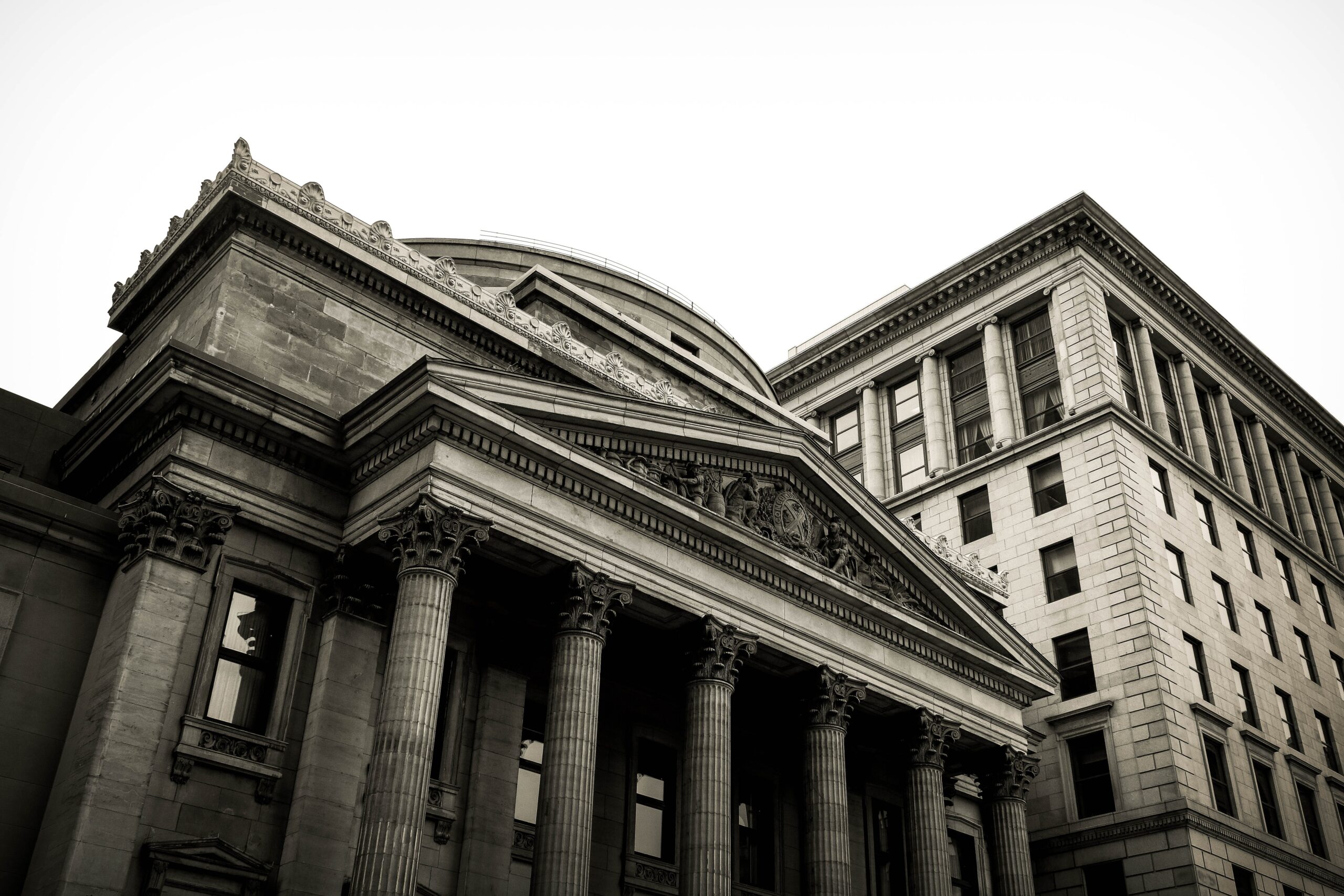The LIBOR rate was believed to be a true reflection of the markets’ cost of borrowing funds independent of government interference. However, investigations by regulators and journalists after the financial crisis revealed that LIBOR had been manipulated by the banks themselves and at times from influence of regulators.
Banks had an interest in keeping the LIBOR rate down for their own financial gain. Some banks had traders who had taken position on financial derivatives that are based on the LIBOR movements. For example, these traders had taken positions on interest rate swaps whose net gain could go higher if the LIBOR rate went up or down. Some banks between 2007 and 2009 even reported potential profits that they would make running into the millions of USD if the LIBOR rate moved. Therefore, considering that LIBOR was determined through feedback from banks, traders would communicate with the person responsible for submitting this feedback on behalf of their institution and propose that they either submit a higher or lower number depending on which would provide the greatest gain to them. All this was done without taking into consideration the banks customers who had taken loan products whose prices were pegged on the LIBOR rate.
It was also revealed that during the financial crisis banks may have submitted false LIBOR feedback in order to create a perception that the banks financial health is stronger than it may actually be. At the time LIBOR was a reflection of the rate at which a bank believed it would be charged if it were to borrow short-term credit from other depository institutions. Therefore, the lower a rate submitted meant that the bank presented itself at having a lower risk of default. This was being done at the height of the financial crisis when the stability of financial institutions across the globe was being questioned due to exposure from poor investment and it was in the interest of these institutions to appear stable and avoid any fall back risks and loss in confidence.
On the other hand, investigations into the rate fixing scandal also revealed that regulators had put pressure on banks to submit false LIBOR feedback. It was revealed that central banks in Europe had placed pressure on the commercial banks to submit low LIBOR numbers a practice known as “lowballing” that would essentially lower the interest rates on mortgages which at the time were going higher and causing a lot of default and posing a significant market risk. Phone call recordings revealed the immense pressure that banking executives were under when pushing their LIBOR submitters to present lower numbers however, some of the central banks have maintained that at the time (during the financial crisis), LIBOR was not under any regulation.
Basel 3 was introduced to avoid banks being overleveraged and undercapitalized with banks expected to have implemented it by the beginning of this year. In essence, it recommends that banks reduce their leverage and this meant that the volume of short-term interbank lending that financial institutions were engaging in would reduce. That is bank to bank lending of tenures such as six month and one year would reduce in volume and hence banks when submitting under LIBOR had a reference rate that was not tied to actual transactions. This was another aspect that showed using LIBOR as a reference rate would be based on little to none transactions especially for higher tenor maturities and hence the push towards transitioning away from LIBOR became even stronger.
After the comments made by the Financial Conduct Authority (FCA) leadership, it became clear that the inefficiencies of LIBOR were well known and the financial world needed a new reference rate. Recommendations were made to help improve the LIBOR. For example, the FCA moved the supervision of LIBOR from the British Bankers Association (BBA) to the ICE Benchmark Administration. Additionally, it was recommended that LIBOR be based on actual inter-bank deposit transactions and that the records of these transactions be kept. Additionally, bank submissions on LIBOR would be published after three months and criminal charges would be sanctioned on banks and management suspected of manipulating LIBOR.
Across the pond in the US the faith in LIBOR as a reference rate had completely dwindled. In addition to recommending for the breaking up of large banks in order to separate the commercial and investment side for easier regulatory oversight, the Alternative Reference Rate Committee (ARRC) was formed in 2014. The Financial Stability Board and the Financial Stability Oversight Council made recommendations in response to the weaknesses around LIBOR and ARRC, a group of private market participants was established with the task of coming up with an alternative reference rate that would be based on actual market transactions and hence the secured overnight reference rate (SOFR) was formed.
Author: David Kageenu


